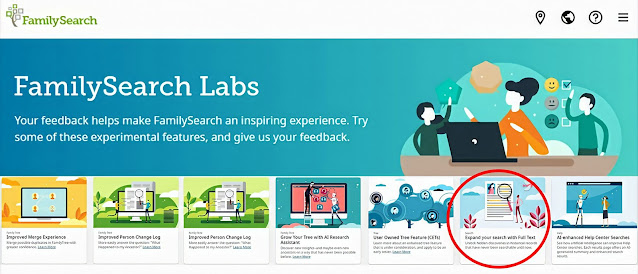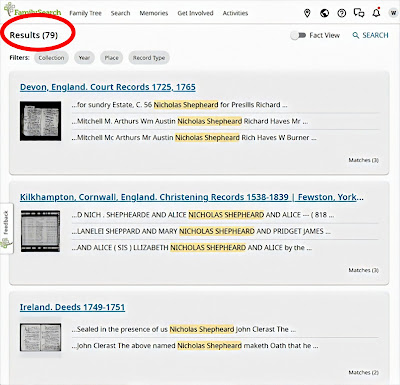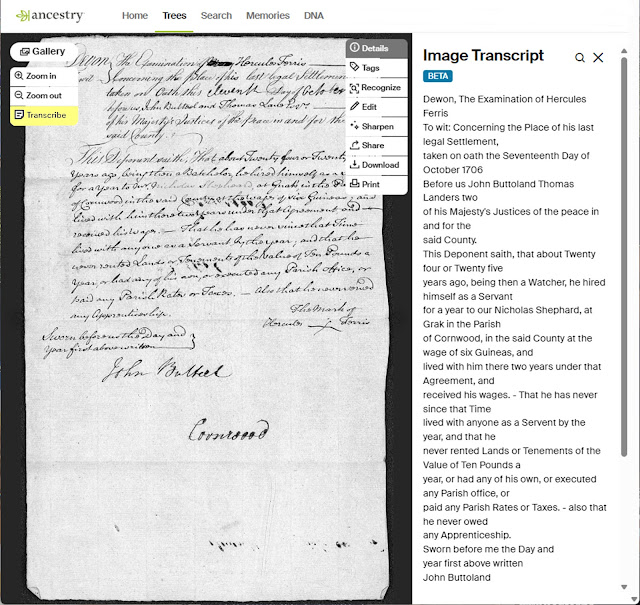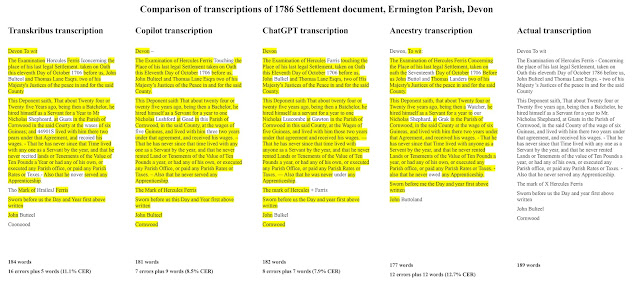Last night I went to bed still a septuagenarian. Today I am 80!
I am now processing that fact.
Even after pondering the approaching event for a few years,
I’m still not sure how to fully accept that I have crossed this next line
(milestone?) in life. Or if there is an actual line. I don’t feel older than I
did yesterday, but I am sure I will be perceived as being so. I suspect most of
my friends and relatives who have surpassed this age would agree. In that
respect it’s more than just a number.
I certainly have more memories accumulated than I did
decades ago, or even last year at this time. I am pretty sure my memory is
still as intact as it was last year, or last decade. It does stumble a bit on
occasion, though, maybe because there is so much more to remember now. (That’s
my explanation and I am sticking to it.)
It’s not strange to think about things that happened, in my
personal life or the world in general, in the 1950s or 1960s, that most of my immediate
family cannot relate to. Our grandchildren, just beginning their adult lives,
were not even born until the 21st century when I was well into
middle age (so they tell me).
I made it through a complicated professional career, not
without some turmoil as it turned out. I met many new friends along the way but
moved away from most of those I knew growing up. Many people probably
experience these things. Notwithstanding a few adverse events, the paths I took
and decisions I made seemed like good ideas at the time (my life motto in many
respects). They did not all turn out as such, though.
I am busier now that I thought I would be at this age,
mostly with genealogy stuff (researching ancestors, writing articles, giving
talks) that has become more than a hobby. When you get older, and away from the
demands of a normal work schedule, you have more time, and inclination, to
think about the past (not just your own): who were the people in your family who
came before you and what did they achieve. Are we subconsciously comparing
notes?
In my “retirement” I am reading much more concerning a wider
variety of subjects and events. I have more time to do so, of course. I have
learned a lot more about people and the world, about the history of
civilizations, and perhaps why societies have reached the junctures they have,
than I ever did in school. Our progress as humans has been quite astonishing,
even or especially in my lifetime, but I worry sometimes about how our
grandchildren will accept or manage what we are leaving them. (As we age, we
tend to get more philosophical!)
My day-to-day world has changed substantively!
·
My personal files now are almost entirely stored
electronically, including correspondence, household data, financial and health
records, articles I have written, photographs, etc. This was information I kept
in print form and saved in filing cabinets and binders years ago.
·
I have more aches and pains than I used to.
Bodies don’t always react well to aging.
·
I find movies and TV programs about and starring
older people more interesting.
·
I am reasonably content with a 20-year-old SUV
(a term not even coined until well after I acquired my first “station wagon”).
But occasionally I would like to have back the sporty Alfa Romeo I owned as a
young man.
In my office I am surrounded by things from my childhood as
well as records and mementoes I have collected about my ancestors. All my
family photo albums are now digitized (a word I did not know growing up) and on
my computer (a device I also knew nothing about as a child) and available on
internet sites for others to see (an idea that had no meaning until well after
I had graduated from university). I even keep a (smart) phone in my pocket,
which most of my family find quite amusing given my history of not using such
devices until well after they were invented and became widely available.
There are a lot of interesting things to say about turning
80 (as there was, of course, for 70…and 60…and 50…):
·
It marks a significant life event (surviving
that long is certainly noteworthy).
·
It implies a lifetime of accomplishments (presumably)
besides the number of years tallied.
·
It symbolizes a wealth of experience and wisdom
achieved (or just as likely mistakes made).
·
You don’t get older, you get better (at what
pundits don’t say).
·
Old people tend to get grumpier. (Well, some
people might say I have always tended that way.)
·
Still bright as a new penny (those are no longer
made here).
·
Some people even declare “80 is awesome” (if you
can ignore those new aches and pains).
Only a small percentage of people reach 80 years of age. Currently
in Canada about 6% of the population is over 80. The average life span for
Canadians is 81.65 years: just under 80 for males (Yea! I made it.) and nearly
84 for females. In 1945, the year that I was born, one could expect to live for
64.7 years. A hundred years earlier it was only 40.5 years. If you made it to
age 65 in 2010 (as I did) you had quite a good chance of seeing 84. But
statistics are just numbers. Right?
Several of my direct maternal ancestors reached this age;
very few of my direct paternal ancestors – back to nine generations – have done
so, though. One sister has made it past 80; one sister did not; and one sister
is closing in. A brother died as a toddler. Most of my mother’s siblings made
it well past 80, two into their 90s. She did not reach 60, however. My father
did not get to be 70, but his brother reached 80 and his sister has passed 90. Overall,
my genes appear to be working in my favour.
Genetic history (another term I have learned about in recent
years) plays an important role getting this far, assuming you survive the risks
of normal daily activities. (Driving a two-decade old car on public
thoroughfares can still be an adventure.)
At this time of life, friends and relatives are disappearing.
Not all of them were older than me and that is always distressing.
One benefit of getting older, though, has been that I have
many family members who help me do things that make my tasks easier. I love and
am very fortunate that I have them in my life.
As I said, I am still processing this move into my 81st
year. I probably will until I move into my 91st.


























